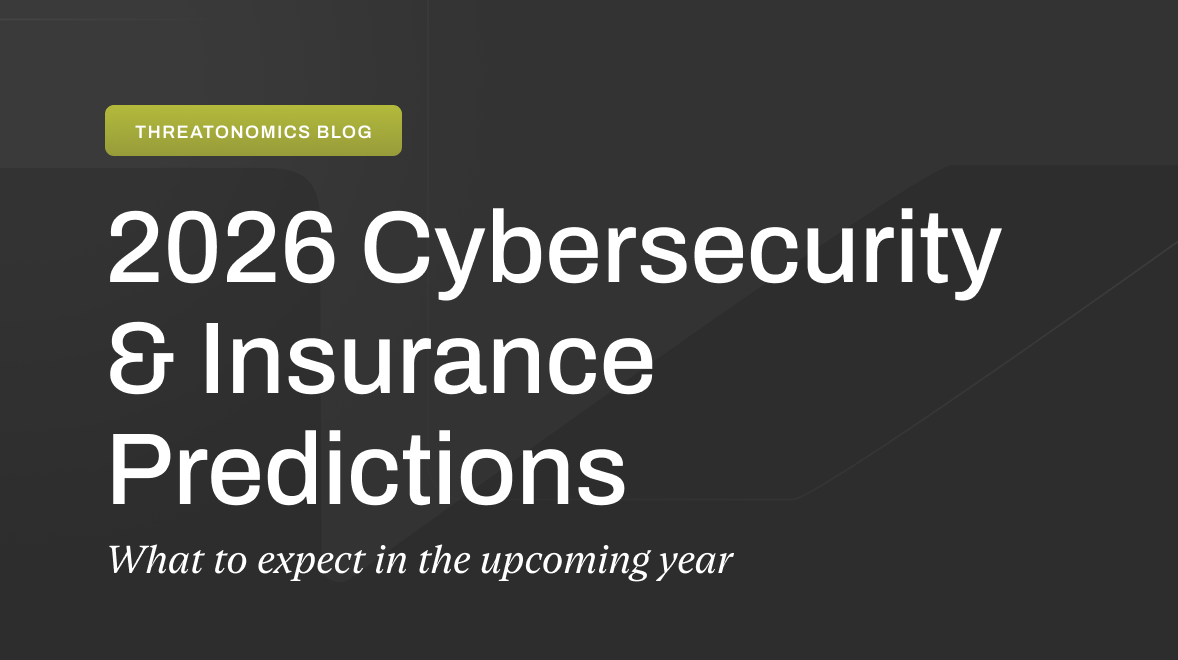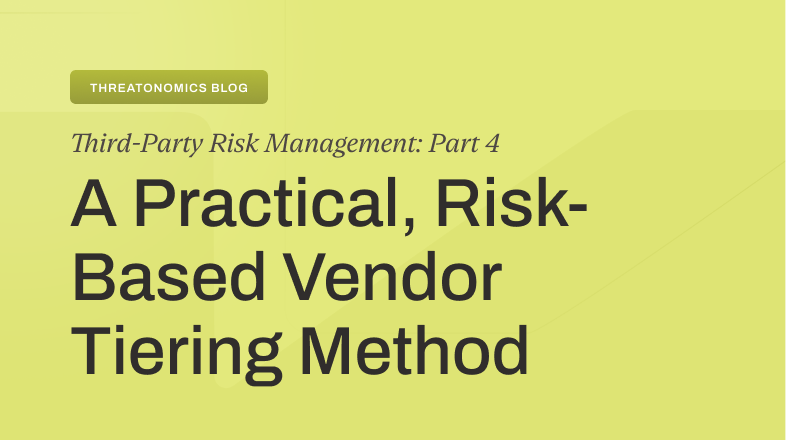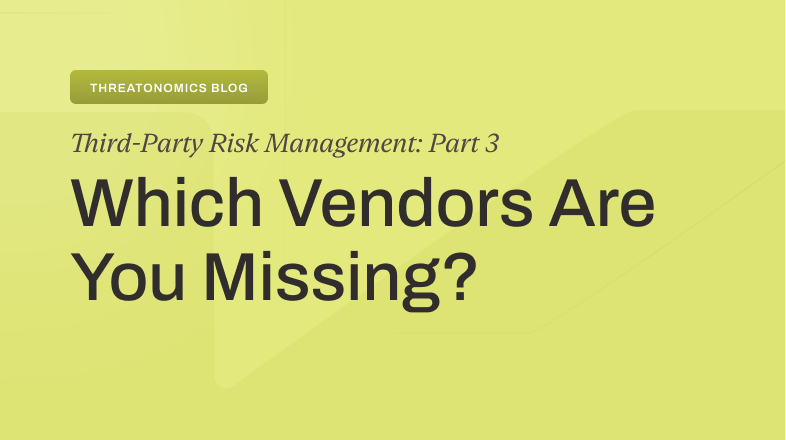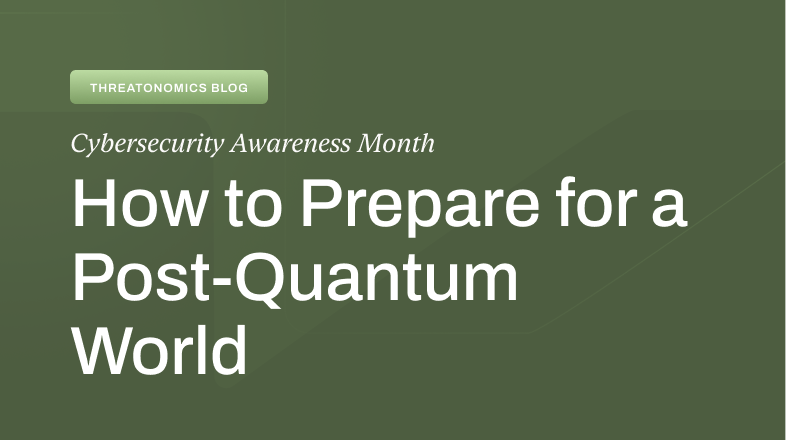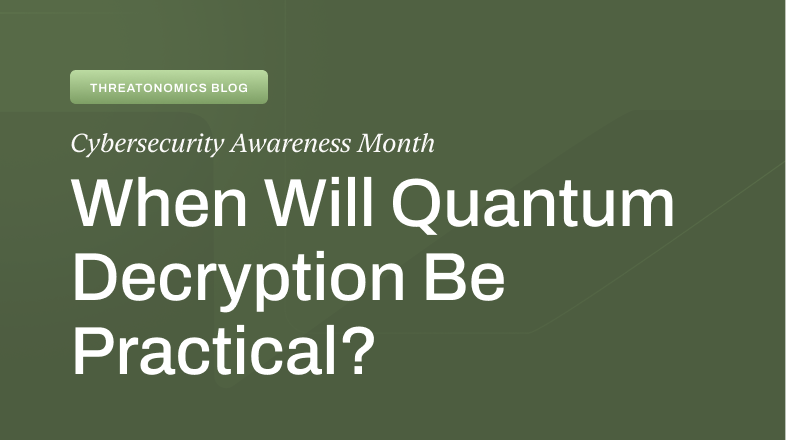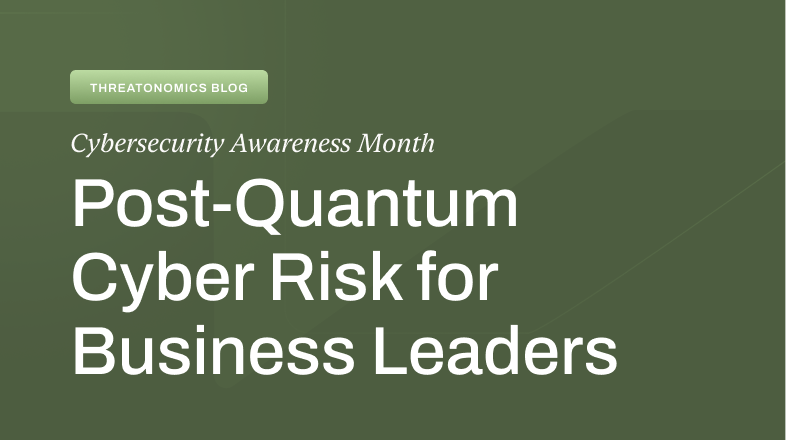Translating the significance of cyber risk to key stakeholders can be challenging.
As security professionals, you understand potential threats, vulnerabilities, and the value of robust security measures. However, conveying this information in terms that resonate with financial decision-makers can feel like trying to communicate in different languages.
To get the necessary budget approvals and support, security experts need to express the impact of risk and mitigations in financial terms. Through Resilience’s Quantified Cyber Action Plan (QCAP), clients can build and implement a financially measurable security plan that considers stakeholder investment and executive-level buy-in by assigning a monetary value to cybersecurity risks.
Translating Risk into Actionable Insight
Security today suffers from communications challenges due to the technical complexity of defending against cyber threats. CISOs speak in terms of malware and vulnerabilities, whereas CFOs and risk managers deal with dollars and probabilities. Building effective cyber resilience depends on connecting these two silos of leadership to invest efficiently against your cyber risk.
Most cybersecurity solutions today only offer generic “best practices” to tackle cyber risks that ignore the financial implications of a business’s operational goals. While it would be a dream to purchase every security product that controls any incident in perpetuity, the financial reality of purchasing security necessitates controlling those incidents that are most likely to cause financial loss. But how can organizations tell what investments will provide the highest return on investment?
Resilience’s 2022 claims report demonstrated that while phishing (a long-time top security control) remains a primary “point of failure” leading to financial loss, the risk from third-party vendors is just as important. While both of these issues appear to be top priorities, the Resilience QCAP helps customers prioritize their security program investments based on probable financial loss from incidents most relevant to their business.
Extracting data from our AI platform, we present this analysis as a peril-based investment plan that is based on our client’s unique risk profiles and Resilience’s proprietary cyber risk quantification models. The QCAP generates graphs and charts, such as our loss exceedance curve, that help express our client’s probability of exceeding losses beyond a given amount. These visuals calculate the chances of an event and put the client’s risk in terms of dollars and cents that fluctuate depending on the installation of various controls.
Justifying a Budget through the QCAP
The QCAP helps our clients link their current or planned security controls to their projected Return on Investment (ROI). This process uncovers which measures will yield the most significant impact while minimizing expenses. “When an organization can understand the benefit of certain tools in terms of dollars and cents, making investment decisions becomes easier,” said Travis Wong, VP of Customer Engagement at Resilience. “Our QCAP is tailored to help risk management, cybersecurity, and financial leadership align on strategic objectives and detail the steps required to meet these objectives.”
The tools, capabilities, and data offered through the QCAP translate cybersecurity professionals’ needs into actionable steps, helping build budgets that are informed by the predicted cost of risk. This measurement allows security leaders to communicate informed decisions to stakeholders in financial terms. Sharing a common language helps security information and financial leaders understand each other’s goals and align on strategic objectives to meet them.
Improved Risk Posture for Better Coverage
Traditionally, risk transfer, mitigation, and acceptance solutions don’t communicate, which can lead to gaps in an organization’s security. By bridging these silos, Resilience helps our clients leverage the improvements made to their risk profile through the QCAP and qualify for better insurance coverage. Since the QCAP offers a stronger understanding of clients’ risk profiles, our underwriters are able to leverage this data and offer coverage that responds and improves as clients improve their risk posture.



